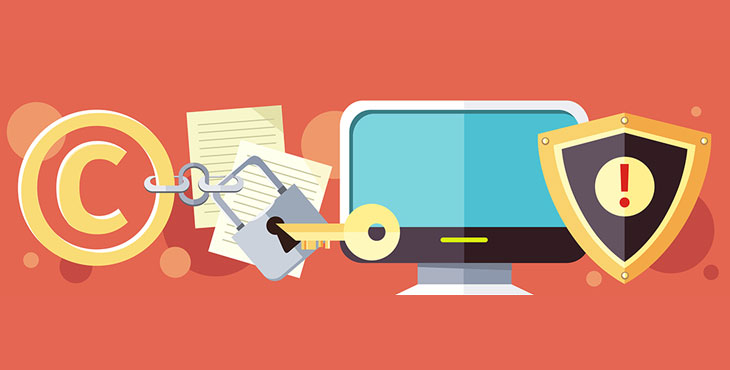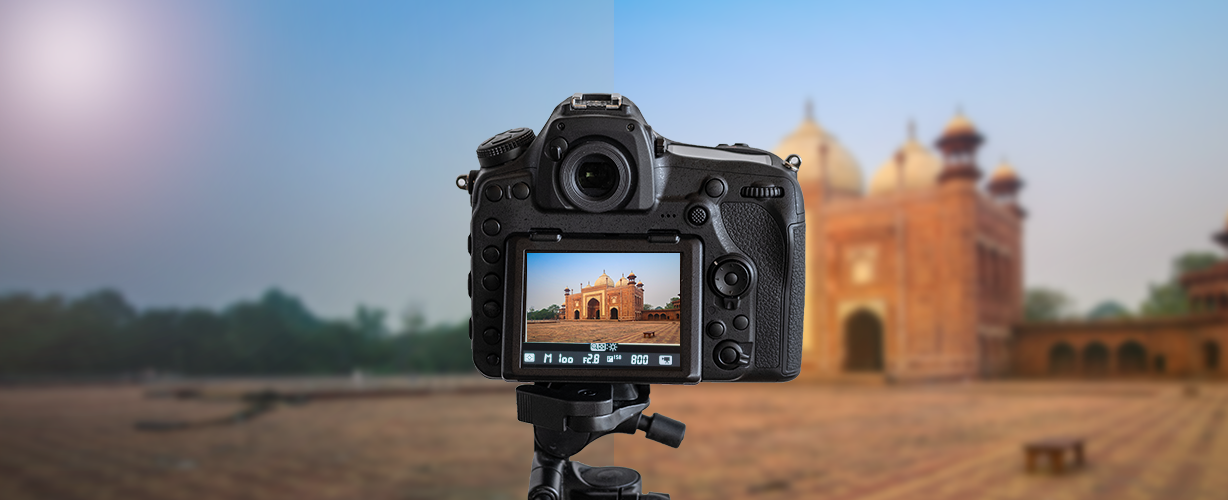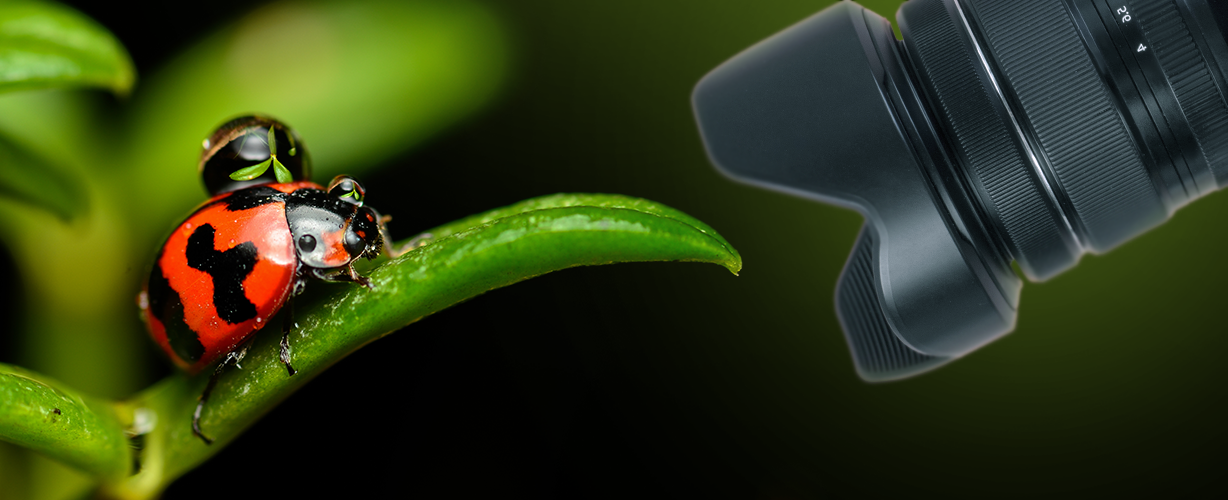Instagram is responsible for over 80 million photos uploaded to the web every day — but as the popularity of online image sharing platforms like Instagram grows, what does the change mean for intellectual property? Stealing a copyrighted image in an Instagram world is as easy as a right-click download, but that doesn’t mean photographers shouldn’t share images online either. So how do photographers navigate the ins and outs of intellectual property in an Instagram world? Here are the five ideas.
Avoid the Less Known Copyright and Trademark Infringements
Stealing intellectual property isn’t always as cut-and-dried as downloading an Instagram photo and using it an advertising campaign. Often, social media users break copyright laws without even knowing it. While reposting an image as your own is illegal, so are these offenses:
- Sharing images of concerts, plays, sports and other events: Even if you took the photos with your own gear, they might not belong to you. If you are photographing an event that involves other artists, particular performance artists like actors, musicians and even athletes, you may not have the right to share those images. Taking photographs of a play is like taking a photograph of another photograph and sharing it — both are art forms. Get permission before you share images of any performance art.
- Sharing trademarked logos: Aspects like logos and slogans are tricky too. In general, trademarked logos cannot be shared in a way that would make others think another person or company was affiliated with the owner of that same logo. If you take a photo that includes a product with a logo on it, you may need permission before sharing, especially if you are sharing from a business account.
- Sharing photos with credit: Just because you credited the source doesn’t mean you can use that image. Always ask permission if the work is not yours, even if it’s just a funny internet meme.
- Imitating another photo: Just because you pushed the shutter button doesn’t mean you own the photo. While it’s fine to be inspired by other photographer’s work, you must make the image your own in some way — copying several elements from an image by another photographer is a good way to get sued.
Determine Whether Or Not to Watermark
The “instant” nature of Instagram discourages the use of watermarks since you need to upload photos from a mobile device, but that doesn’t mean you can’t use a watermark on Instagram, other social media platforms or your own website.
Watermarking is however generally discouraged on Instagram — using one may mean fewer followers and most Instagram users do not use watermarks. Many photographers consider them as distracting, and while they may make it harder to steal an image, that watermark can still be removed by someone with basic Photoshop skills.
If, however, watermarking feels right for your work, perhaps more as a marketing tool than a theft prevention method, there are a number of apps that allow you to watermark from a smartphone, including eZy Watermark Lite and SALT Logo.
Outside of watermarking, tricks like disabling right-clicks on your website and including a copyright notice with photos can help prevent image theft. Neither is foolproof, but if someone steals a photo with a copyright notice on the same page, they can’t say they didn’t know.
Use These Tools to Find Out If Someone Is Stealing Your Photos
Often, photographers find out someone stole their image because they happened to stumble across it, but there are easy ways to check and see if someone else grabbed your photo without permission.
Google’s Reverse Image Search
This reverse image search option from Google allows you to upload a photo and then will locate all the locations that photo exists on the web, making it easy to see if other sites are using your shots. Conducting a reverse image search is easy — just head to images.google.com and click search by image.
Of course, searching for stolen images one at a time is time-consuming. If you are sincerely concerned about image theft, you can use a service that will continually monitor the web for your photos. While these services aren’t free, they do offer peace of mind for photographers concerned about theft. Pixsy is one example of a service that detects image theft.
Learn How to Report Copyright Infringement
So, what happens if you see another site using your photos without permission? There are a number of ways to get the stolen image taken down. Most social media platforms allow users to report stolen content, which the platform will then remove. The process requires filing a complaint; Instagram, for example, asks users to fill out a form if someone copied their photo illegally.
On the web, most of the time, you can find contact information on that website and ask the host to remove the image. You can do this with an informal email since many don’t realize that image theft isn’t okay, or you can send an official DMCA or Digital Millennium Copyright Act takedown notice. If you can’t find contact information, you can often use whoishostingthis.com to get more details.
If someone is getting significant web traffic to a page with your image, you can also file a DCMA with Google, which could get that site removed from the search results. Google’s Webmaster Tools allow copyright holders to file notices online of the offending content.
Practice Safe Sharing
If the image you are sharing isn’t yours or depicts art or logos that are not yours, always request permission before sharing. Most social media networks have a share button that allows you to easily share with the interactions still going to the original owner of that post. Always use the share button unless you receive explicit permission to use that image.
Occasionally social media images can also be shared by embedding the entire post on the web page. Like sharing on social media, the social media user still gets all the credit — and the likes. But be careful with this approach. While a US judge said that embedding a social media post was not copyright infringement, another case in the UK is currently fighting the same issue.
Navigating the copyright laws in the age of Instagram is a tough task, but it all boils down to making sure you own the photo you shot, the photo wasn’t an imitation of another work, and the image doesn’t contain other artwork including performance art. When photographers do find an image stolen, they can reach out and ask the social media platform or the website to remove the stolen content.
– SmartPhotoEditors
SmartPHOTOeditors


